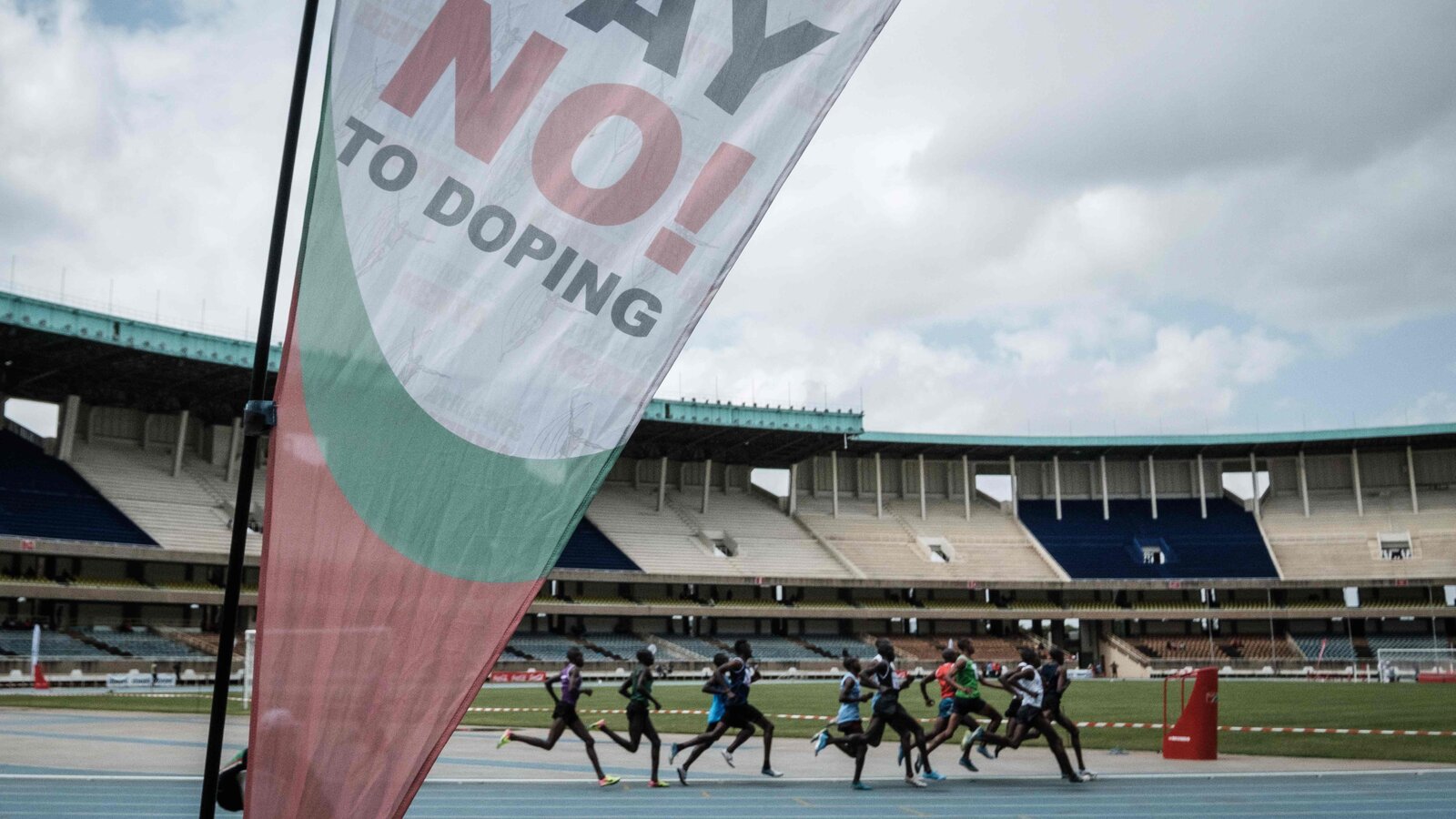Why Kenya Faced Its Doping Crisis Head-On
From the depths of a major cheating scandal, Kenya emerged as a beacon of antidoping efforts, proving that even the most dire situations can be turned around with determination and investment.
Kenya, a nation synonymous with distance running and home to some of the world’s greatest athletes, faced a major doping crisis that threatened to tarnish its reputation and diminish its presence in international sports. However, instead of succumbing to despair, Kenya chose to confront the issue head-on, embarking on a remarkable journey of redemption that has set an example for the world.
The key to Kenya’s turnaround was a multi-pronged approach that involved significant financial investment, enhanced testing protocols, and a relentless pursuit of those involved in doping. The Kenyan government, recognizing the gravity of the situation, committed to spending $5 million annually on antidoping efforts, a testament to their determination to eradicate the scourge from their beloved sport.
With increased resources at their disposal, the Anti-Doping Agency of Kenya (ADAK) embarked on an ambitious mission to overhaul its testing program. The number of named athletes in the drug-testing pool was increased from 30 to 300, ensuring that more athletes were subject to regular testing. This move sent a clear message that no one was above suspicion and that the fight against doping was a collective responsibility.
To further strengthen their antidoping efforts, ADAK also revamped its intelligence-gathering capabilities, working closely with the Athletics Integrity Unit (AIU), the independent body responsible for drug testing in global athletics. This collaboration resulted in increased surveillance of remote training camps and the ability to detect sophisticated doping strategies employed by some athletes.
Beyond enhanced testing, Kenya also took a tough stance on those who violated antidoping regulations. The AIU, with its mandate to pursue the very best runners, saw a significant increase in the number of elite athletes caught breaking the rules. This demonstrated that Kenya was not afraid to confront its own issues and that it was willing to take whatever steps necessary to restore its integrity.
The combined efforts of increased testing, intelligence gathering, and strict enforcement led to a dramatic decline in doping cases involving Kenyan athletes. In 2022, the number of international doping cases involving Kenyans fell to 38, down from 60 in 2023. This marked a significant milestone in Kenya’s antidoping journey and provided tangible evidence of the progress that had been made.
The results of Kenya’s antidoping efforts have been widely recognized and praised by the international sports community. Brett Clothier, the head of the AIU, commended Kenya for its “incredible” commitment to fighting doping, describing their testing program as “the best in the world.” This recognition is a testament to the hard work and dedication of those involved in Kenya’s antidoping crusade.
Despite the significant progress made, Kenya remains vigilant in its efforts to combat doping. The Kenyan government continues to invest heavily in antidoping initiatives, and ADAK is constantly exploring new ways to enhance its testing capabilities. The country is also working to educate athletes and coaches about the dangers of doping and the importance of fair play.
Kenya’s journey from the depths of a doping crisis to a beacon of antidoping efforts is a powerful reminder that even the most challenging situations can be overcome with determination, investment, and a commitment to integrity. Kenya’s success story stands as an inspiration to other nations facing similar challenges, demonstrating that it is possible to restore trust, rebuild reputations, and ensure that sport remains a fair and equitable playing field.



